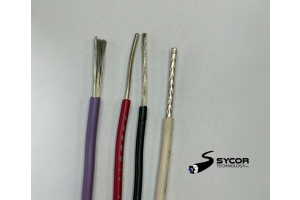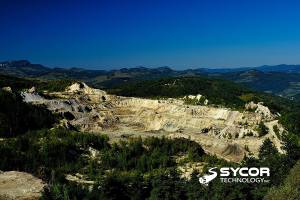High-Temperature Wire & Cable
-
Have you ever wondered where the warmest place on earth is? The answer may be surprising to most as it's not a geographical location, rather small confined areas. The World Meteorological Organization (WMO) stated the highest temperature ever recorded on the surface of the earth was discovered in 1913, in Death Valley, where temperatures reached 56.7°C. In today's society, that may seem extremely warm, but in the grand scheme of things, it really isn't.
-
What exactly is nuclear energy, and is it a viable and sustainable form of power production in the present to near future? In short, the answers are yes and yes*, but this blog post will go into much more detail to provide insight into the potential of this energy source and its impact on urban and natural environments alike.
-
In the world of wire and cable, there's such a large selection of cabling products that each application has a number of cost-effective alternatives. The high-temperature wire and cable are similar but are typically limited to the popular silicone and Teflon cabling products.
-
Temperature is a fundamental concept to understand. If something's too hot, it melts or catches fire, and if something's too cold, it freezes or breaks. This is true for everything from metals, food, clothing, and even liquids. This article will go over why temperature is a fundamental consideration for all electrical applications, what happens to wire and cable in hot and cold environments, and the different temperature ratings for the most popular wiring materials.
-
The Race to Space & The Future of the Aerospace Industry
Mil-Spec is a popular hook-up wiring designation and a popular application for these products is within aircraft and now more than ever space equipment. With the race to space underway between some of the world's tech giants, we'll begin to see new space discoveries and more advanced technologies emerge over the next decade. With space quickly becoming more accessible for entertainment and commercial purposes, the future of space and its potential applications is quickly evolving.





